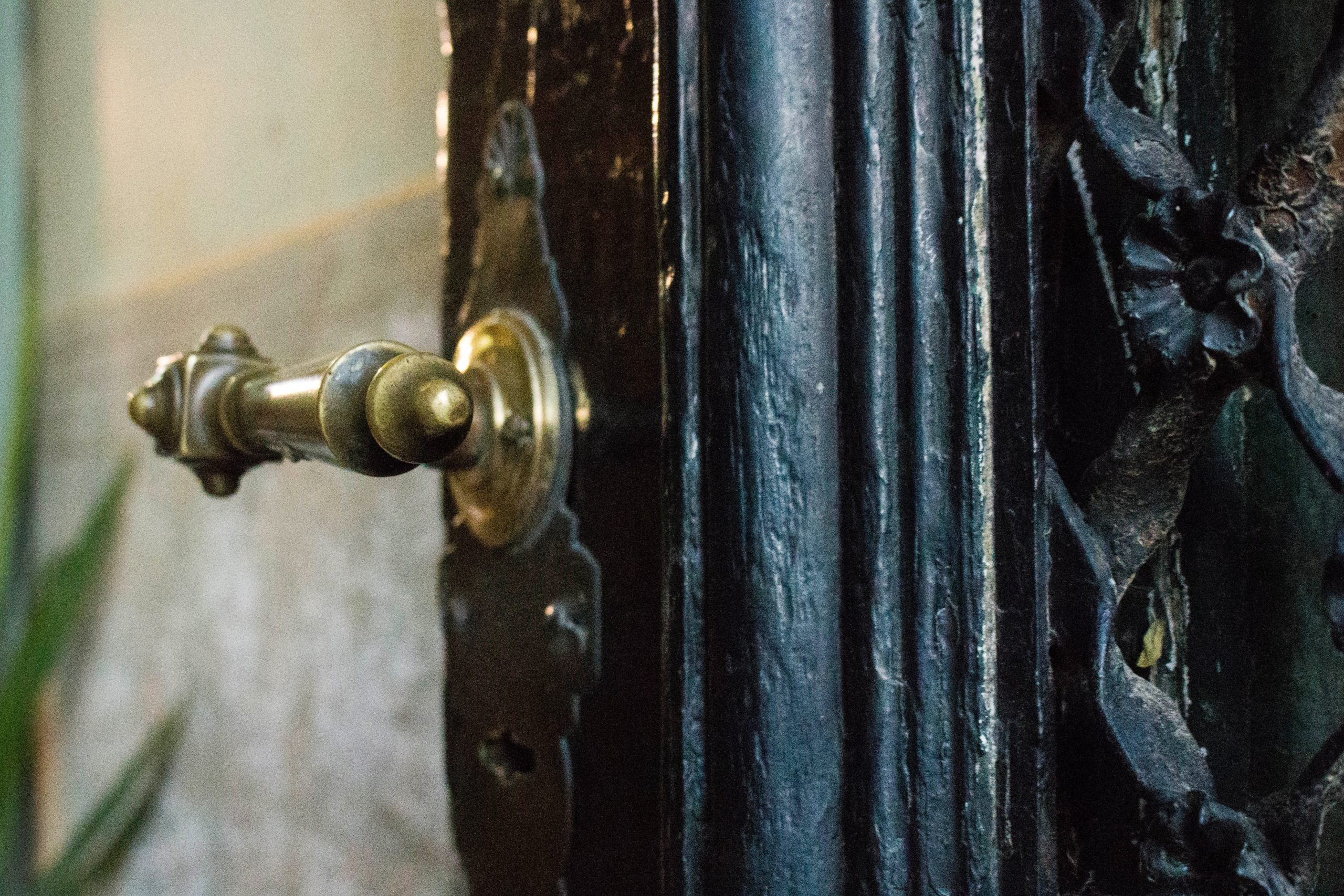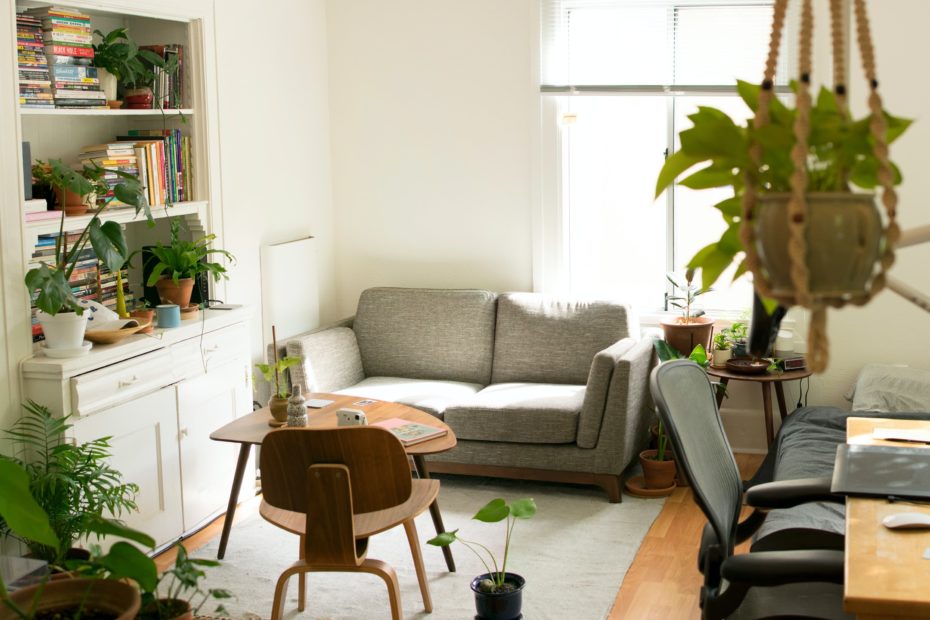The importance of safety cannot be overemphasized in this our modern-day world. There is a need to apply safety measures in all we do. Creating more awareness of safety in the home increases as this is incredibly paramount for those with little kids at home.
Home safety is the creation of attention for the dangers or potential dangers that can occur in the home or its surroundings, leading to injury, harm, or even death. Home safety creates this awareness; it also creates possible solutions on how to combat these problems. Some things are taken for granted, which should not be, which leads to common hazards, which eventually causes a fire, fall, and other injuries.
According to statistics, most emergency cases in the hospital are a result of common home hazards. These Hazards could have been prevented if the thorough inspection had been carried out in the home. Furthermore, had proper safety measures been observed or put into place, it wouldn’t have occurred in the first place. The primary aim of home safety is to identify and eliminate risk or hazards that can lead to injury or possibly death.
Reasons for home safety
Creating awareness of home safety is essential. If you are still not convinced about taking your home safety seriously, maybe these few reasons will help you realize how consequential home safety practice is to your overall health.
Maintaining a safe home and environment is vital for the overall safety of your family, children, and your visitors and other people visiting your home. Below are a few reasons for home safety
Fall
This particular hazard is one of the leading causes of death for home hazards. Initially, a fall may look like a minor hazard. It is often overlooked by many, but the consequences can be quite dangerous. Falls make up one-third of all fatalities and affects both the young and old alike.
However, it is more detrimental to the more aging population in terms of healing. While it may take a while for the injuries sustained from a fall to heal in children, it takes a much longer time in adults, especially those above fifty years. It is crucial to safeguard your home against risk factors that can lead to a fall.

Fire Hazards
According to statistics, fire hazard claims the life of about 3000 Americans yearly, making it the third-highest cause of fatality as far as home accidents are concerned. Most people believe that open flame is the leading cause of fire hazards, but this is not true.
Most overlooked improperly wired or fitted electrical components. These risk factors often the culprit in a fire outbreak but are ignored. Fire hazard does not only leads to burns; it can result in loss of property and possibly death. For these reasons, securing your home against fire hazards should be your top priority.
Carbon monoxide poisoning
Carbon monoxide has been dubbed the silent killer because it is deadly and not easily detected, to put it simply, detecting the gas by Sight or smell is practically impossible. This colorless and odorless gas is emitted from the heating system and some other sources as well. Exposure to a small amount of CO gas can cause dizziness and headache. Exposure to a high amount of this gas can lead to vomiting, impaired vision, and possible death. Nevertheless, a couple of precautions can be put in place to prevent this hazard.
Drowning
Drowning is associated majorly with small children, usually between the age of 1-4 years. This hazard is one of the leading causes of fatalities for people within this age bracket. According to research, 80% of the total deaths from drowning are within this age bracket. Also, an estimated 800 deaths occur yearly due to drowning in the U.S alone.
Further research shows that 75% of drowning incidents happen in bathtubs while some occur in the swimming pool. Some precautionary measures should be taken to minimize the chances of drowning, especially for toddlers.
Poisoning
It is the second leading cause of fatalities, yearly, about 5000 deaths can be linked to this hazard. Again, toddlers and young children are mostly affected because of their curious nature. Most toddlers fall victim to this hazard, as they can’t yet differentiate the good from the bad.
The most prominent victim of poisoning might be young children; however, adults are not exempted from this hazard. The most probable cause of poison for an adult is from drugs, alcohol, and caffeine. Also, exhaust from vehicles and overdose from heroin can lead to poisoning.
Sharp Objects
This may look ordinary but can be quite hazardous if not properly stored. There are plenty of sharp objects around the house, and some are necessary to carry out daily activities. If this equipment is not properly kept, they can become an accident waiting to happen.
Choking
Young children are generally associated with this hazard as they tend to put objects into their mouths, which can cause them to choke.
General Home Safety Tips

There are several ways of ensuring home safety, reducing or eliminating potential hazards leading to severe injury or death. Below is some tip to ensure maximum safety in your home:
- Keep children safe from the staircase by installing safety gates at the bottom and top of the stairs. Seniors with less mobility should install stairs lift or consider moving to a house without one.
- Any chemicals should be stored in a cupboard and ensure that there is a childproof lock on them.
- Install carbon monoxide detectors in your home and test them regularly
- Install smoke detectors in strategic places like kitchen, basement, and bedrooms
- Consider babyproofing your swimming area, especially if you have toddlers around.
- Keep knives and other sharp objects that should be kept in the kitchen or locked away in drawers.
- Keep trash bags or other bags away from children.
- Lawn tools capable of causing injury should be properly stored after use.
- Ensure that your electrical appliances are working correctly: always unplug them after use
- Ensure that your alarms are working correctly and perform a routine check on them monthly.
